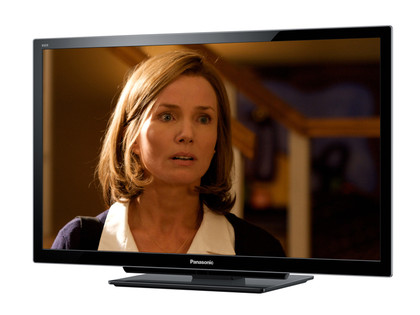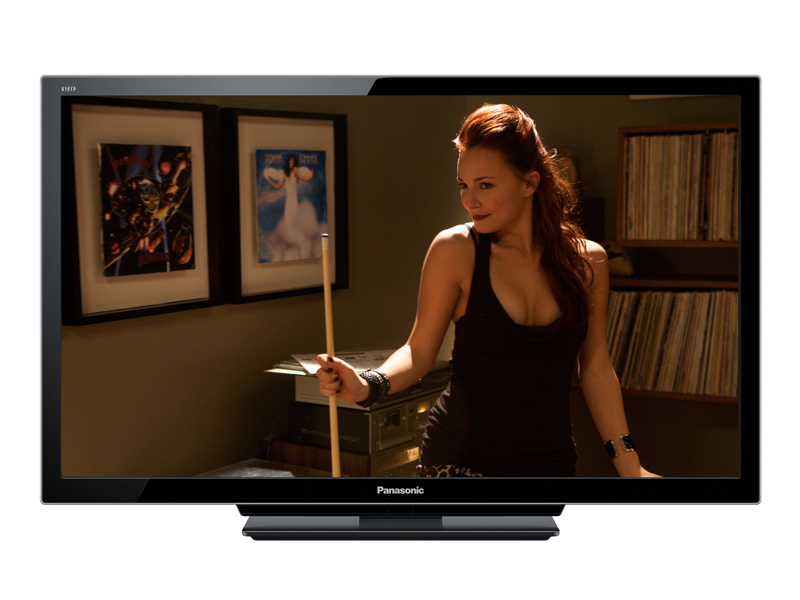Why you can trust TechRadar

The TX-L37DT30B churns out some very respectable 3D images indeed. Some of Avatar's more frenetic scenes that juxtapose light and dark images – such as the dog attack on Jake right before he's rescued by Neytiri – do promote some ghosting and can be hard to watch.
Conversely, super-sharp shots seconds later of the self-illuminating flowers on the riverside contain some stunning depth and contrast. No flicker issues or tired eyes there, though that's in a blackout; crack open a window and the light can cause a more visible flicker as well as some nasty reflections.
The 2D image, meanwhile, is as good as, if not better than, any of its competitors. A blast of ProEvolution Soccer from an Xbox360 provides some evidence of accurate colours as well as some nifty upscaling; the deal is sealed by a DVD that's made to look not only near-HD, but almost as clean as a Blu-ray disc. Unlike with 3D, the small-ish size of the screen helps in this regard, but native scaling skills aren't in doubt.
Nor is its ability with fast-moving video. With 400Hz Intelligent Frame Creation engaged there is little loss of HD resolution compared to the eye-popping still image, which is hugely impressive, given LCD technology's innate weakness in this area.
Frame insertion technologies can create an artificial look and many a flicker and tear over quick movements, but chase sequences through the jungle of Pandora in Avatar retain a natural and vibrant feel. A rich coloured, contrast-heavy movie such as Avatar really benefits from the TX-L37DT30B's C.A.T.S. feature, though even on everyday Freeview channel it introduces a welcome cinematic balance.
This set's novel 2D-to-3D conversion doesn't compare well at all to a native 3D presentation, though an episode of Game of Thrones comes alive. Depth is created, but only between the foreground and the background, while these conversions tend to bear a very noticeable flicker. If the cameraman decides to indulge in some changes in depth of field in his 2D original, the converted 3D shot just looks plain confusing.
In general though, the TX-L37DT30B's pictures are stunning.
Sign up for breaking news, reviews, opinion, top tech deals, and more.
Current page: Panasonic TX-L37DT30B: Picture
Prev Page Panasonic TX-L37DT30B: Features Next Page Panasonic L37DT30B: Sound, value, ease of use
Jamie is a freelance tech, travel and space journalist based in the UK. He’s been writing regularly for Techradar since it was launched in 2008 and also writes regularly for Forbes, The Telegraph, the South China Morning Post, Sky & Telescope and the Sky At Night magazine as well as other Future titles T3, Digital Camera World, All About Space and Space.com. He also edits two of his own websites, TravGear.com and WhenIsTheNextEclipse.com that reflect his obsession with travel gear and solar eclipse travel. He is the author of A Stargazing Program For Beginners (Springer, 2015),
